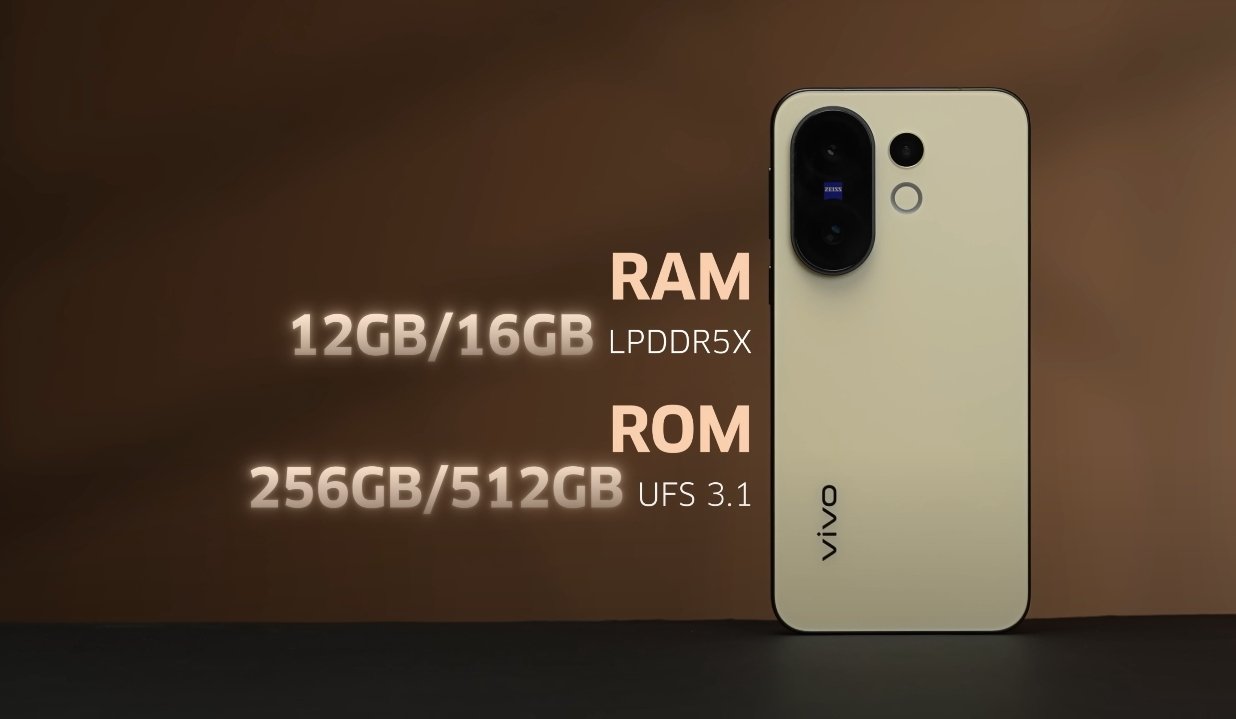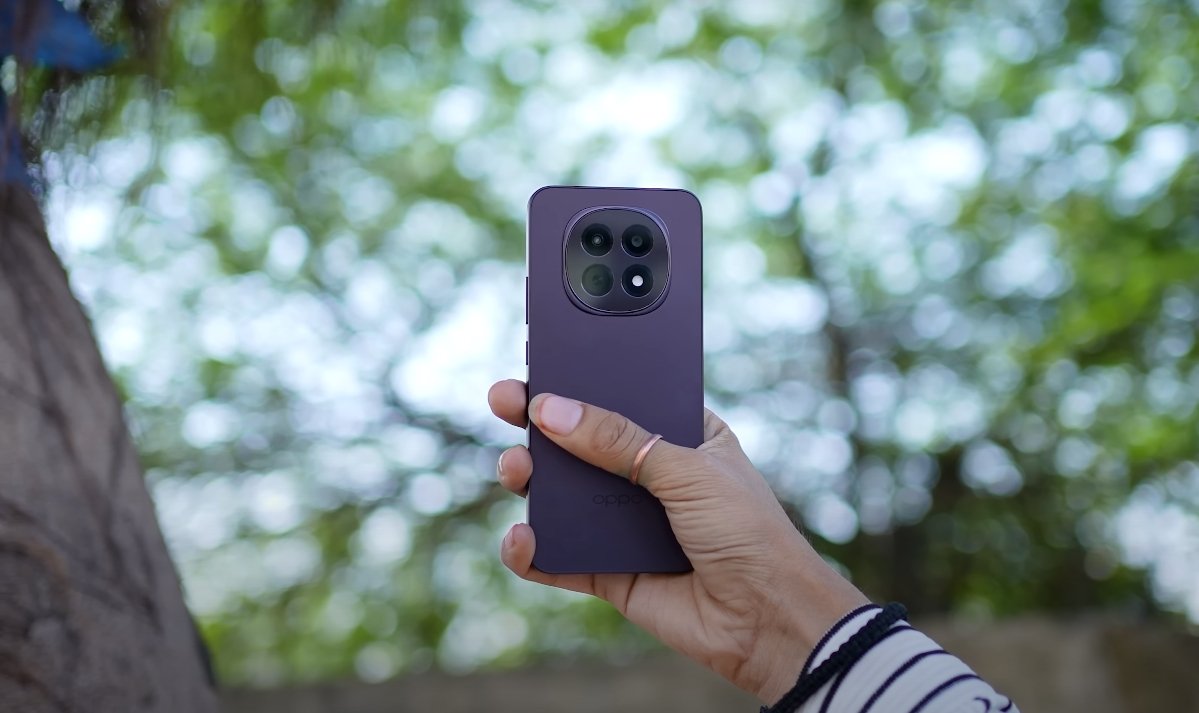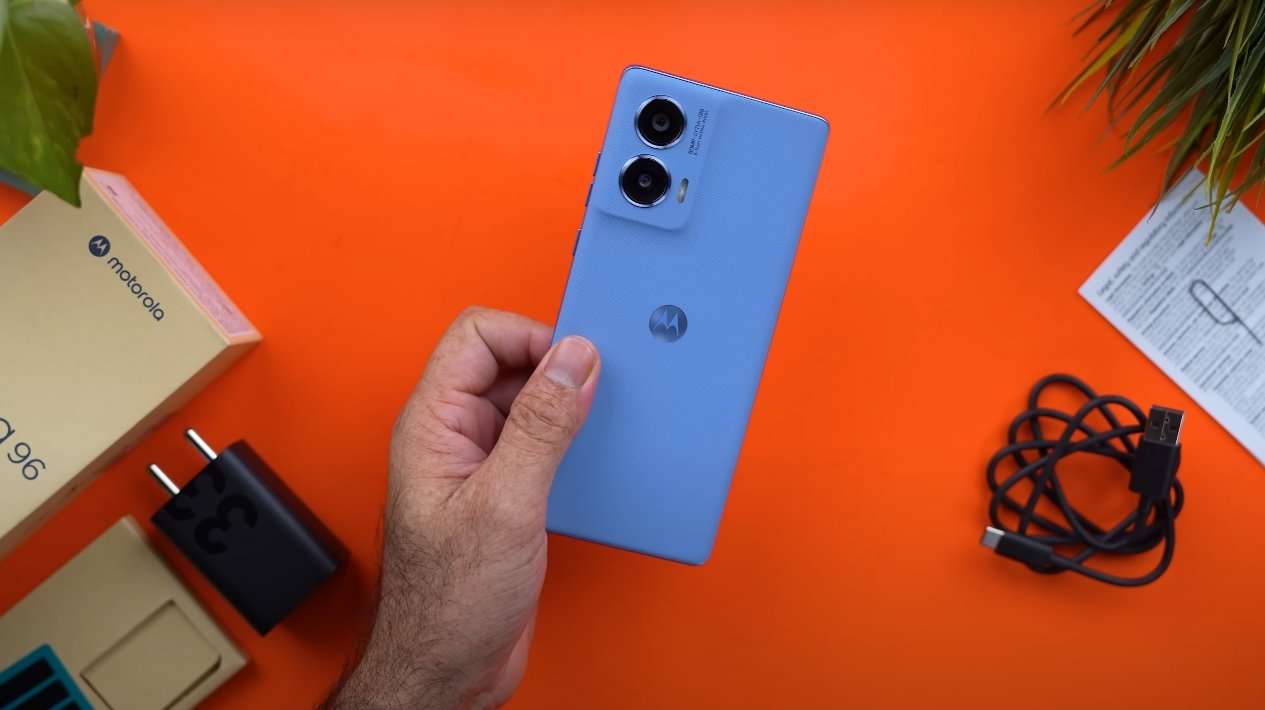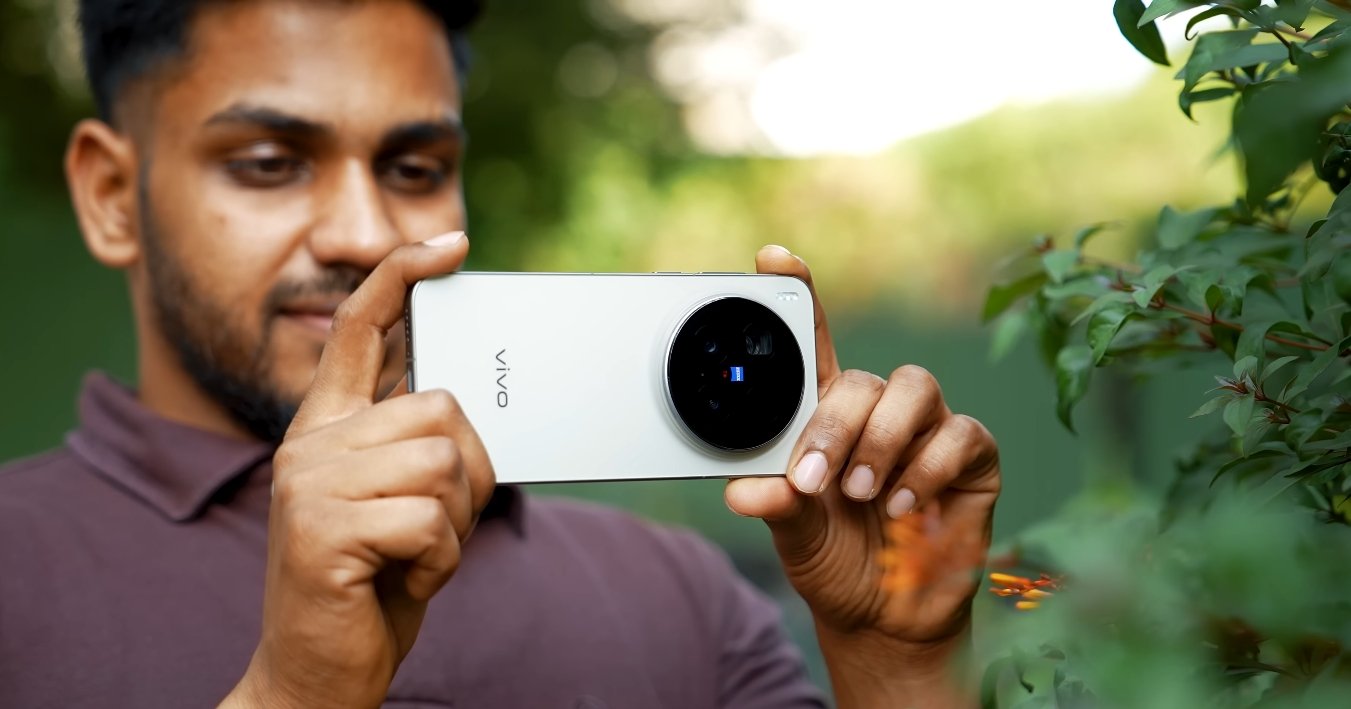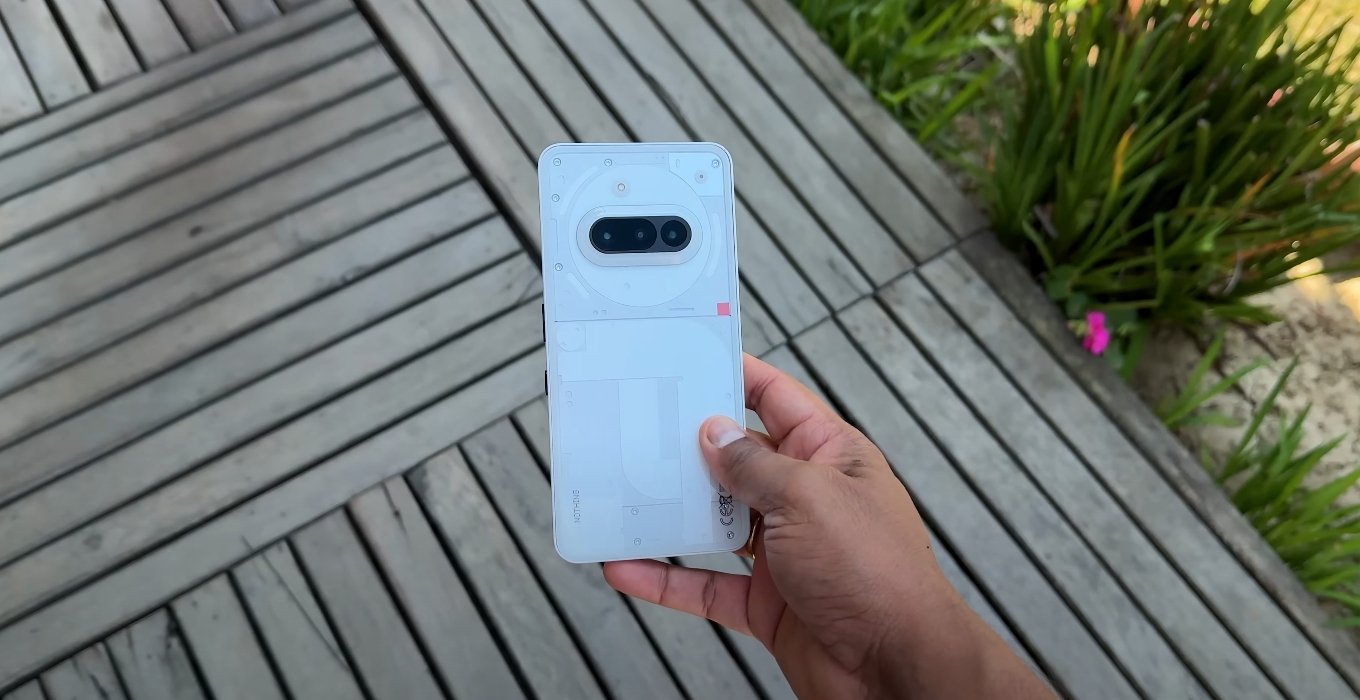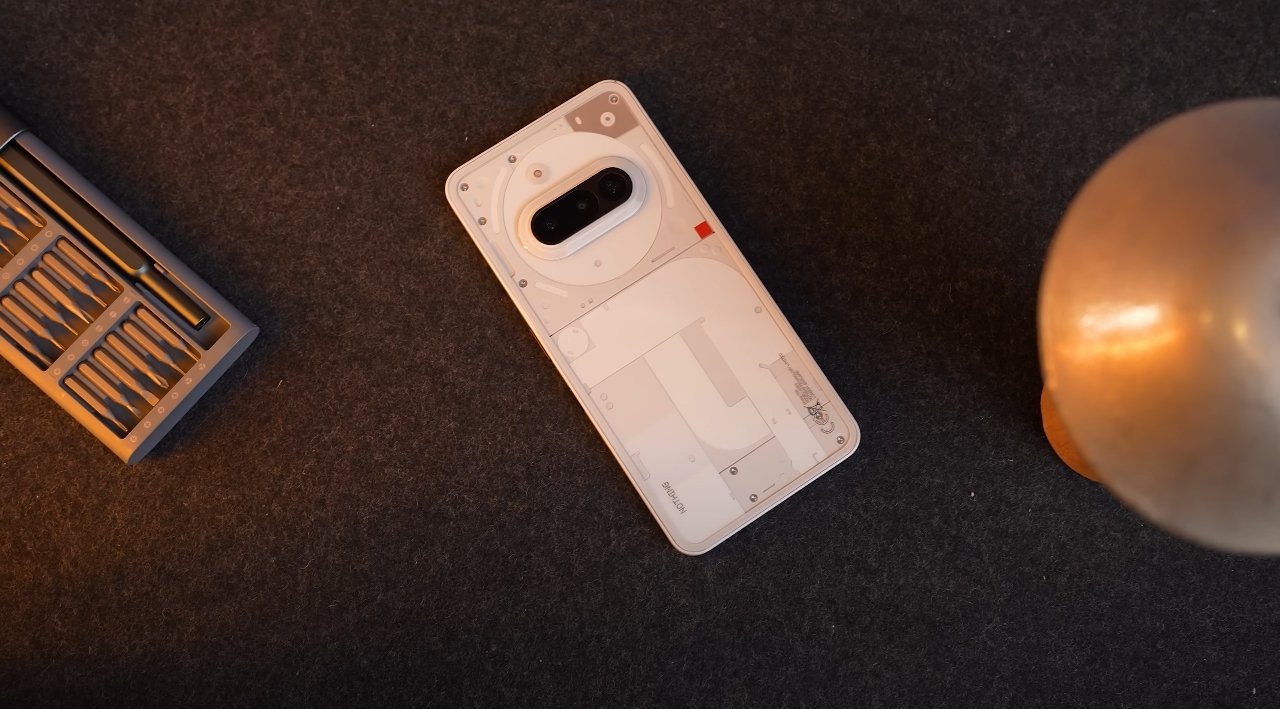Comparing Premium Flagships: Value and Pricing Breakdown
When it comes to flagship smartphones, pricing often determines how buyers perceive value, especially when comparing two powerful devices like the Xiaomi 17 Pro Max and Samsung Galaxy S24 Plus. Both models represent the best from their respective brands, offering high-end hardware, cutting-edge displays, and advanced cameras. However, their price structures differ notably depending on the region, storage configuration, and brand strategy. This article takes a detailed look at the price difference between these two phones and what each device offers for the money.
The Xiaomi 17 Pro Max was introduced as a premium flagship targeting users who want top-tier performance and long battery life. Its launch price in the Chinese market started at approximately the equivalent of ₹75,000 for the 12GB RAM and 512GB storage variant. Depending on import costs, taxes, and availability, the final retail price in international markets like India or Europe can reach up to ₹1,30,000. Meanwhile, the Samsung Galaxy S24 Plus launched globally with a starting price near ₹60,000 for the 12GB RAM and 256GB storage version. Even at higher configurations, the S24 Plus remains more affordable than Xiaomi’s top-tier variant, making it a better deal for those seeking flagship-level performance without stretching their budget.
The price difference between the two devices averages around ₹15,000 to ₹20,000 at the base level and can increase further when factoring in import or storage upgrades. This difference reflects not just regional pricing but also the brands’ strategic positioning. Xiaomi markets the 17 Pro Max as a “super flagship” with unique features like a larger 7,500mAh battery, a bigger AMOLED display, and superior charging technology. Samsung, in contrast, prices the Galaxy S24 Plus more competitively, relying on its established reputation, software updates, and ecosystem advantages to attract long-term users.

From a specifications standpoint, Xiaomi’s higher price tag is partly justified. It features the Snapdragon 8 Elite Gen 5 processor, up to 16GB of RAM, and up to 1TB of storage. The Galaxy S24 Plus, depending on the market, ships with the Snapdragon 8 Gen 3 or Exynos 2400 processor, both highly capable but not as performance-focused as Xiaomi’s latest chip. Xiaomi also offers a higher-resolution display, faster charging speeds, and a larger battery, all contributing to the overall cost of production. Samsung, however, counters with superior build quality, water resistance, and a longer software update policy—offering up to seven years of security and OS upgrades, which adds long-term value.
In terms of real-world affordability, the Galaxy S24 Plus holds the advantage. Samsung’s widespread retail presence and frequent promotional discounts make it easier to purchase at reduced prices. During seasonal sales, buyers can often find the S24 Plus for as low as ₹55,000, while Xiaomi’s 17 Pro Max remains in the premium bracket with limited discounts and restricted availability outside select regions. Additionally, Samsung’s trade-in offers and financing options enhance its appeal among mainstream buyers looking for a flagship experience without paying ultra-premium rates.
However, for users who prioritize specifications over pricing, the Xiaomi 17 Pro Max delivers exceptional value for its higher cost. It includes faster 100W wired charging, a 50W wireless charging system, and a much larger battery compared to Samsung’s 45W wired and 15W wireless charging setup. This means that Xiaomi’s extra price brings faster refueling, longer screen-on time, and more flexibility in daily use. Its inclusion of a secondary display and advanced design features also gives it a distinctive premium edge over Samsung’s more traditional design approach.
When evaluating value for money, the Galaxy S24 Plus appeals to practical users who prefer reliability, ecosystem support, and balanced pricing. It may not charge as fast or last as long per charge, but it provides a consistent flagship experience at a noticeably lower price. The Xiaomi 17 Pro Max, in contrast, is designed for enthusiasts—those who want the most advanced specifications and don’t mind paying extra for performance and innovation. Both phones deliver flagship-level experiences, but the difference lies in how each brand balances cost and capability.
In conclusion, the Xiaomi 17 Pro Max is priced higher due to its superior battery capacity, enhanced performance hardware, and next-generation charging technology, while the Samsung Galaxy S24 Plus maintains a more competitive price with an emphasis on stability, software longevity, and brand reliability. For buyers seeking a balanced combination of value and premium feel, the Galaxy S24 Plus stands out as the more economical choice. For those willing to invest more for peak performance, faster charging, and futuristic hardware, the Xiaomi 17 Pro Max justifies its higher price tag. Ultimately, both smartphones cater to different audiences—Samsung appeals to the practical user, while Xiaomi targets the power-hungry enthusiast.

